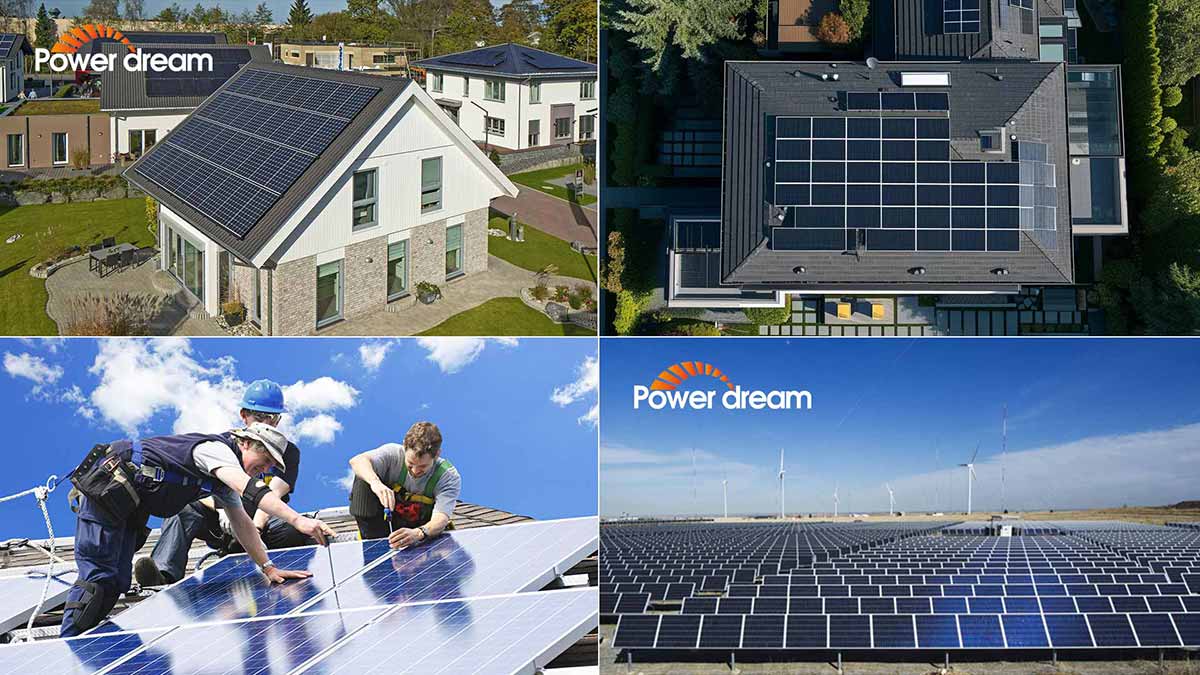Free professional installation guidance: How to install solar panel at home?
How to Install Solar Panels at Home
Installing solar panels at home is a great way to reduce your reliance on traditional energy sources, lower your energy bills, and contribute to a greener environment. While it may seem like a complex task, with the right information and some basic DIY skills, you can successfully install solar panels on your own. Here’s a step-by-step guide on how to install solar panels at home.
Step 1: Determine Your Energy Needs (how to install solar panel at home)
Before you begin, it’s important to assess your household’s energy needs. Consider your electricity usage, the number of panels you’ll need, and the amount of sunlight your roof receives. This information will help you determine the size and type of solar panel system you should purchase.
Step 2: Choose a Suitable Location
Select a clear, unobstructed area on your roof with good sun exposure. Avoid shading from trees, chimneys, or other obstacles. The roof should also be strong enough to support the weight of the panels and installation hardware.

Step 3: Purchase Your Solar Panel System
Once you have determined your energy needs and chosen a suitable location, it’s time to purchase your solar panel system. Consider factors such as efficiency, durability, and warranty when selecting your panels. Additionally, you’ll need to purchase mounting hardware, inverters, cables, and other components to complete the installation.
Step 4: Prepare Your Roof (how to install solar panel at home)
Before installing the panels, make sure your roof is clean and free of debris. Remove any loose shingles or damaged areas. You may also need to install mounting brackets or rails on your roof to support the panels.
Step 5: Install the Solar Panels
Carefully lift each panel and position it on the mounting brackets or rails. Secure the panels in place using the provided hardware. Make sure to follow the manufacturer’s instructions for proper installation.
Step 6: Connect the Wiring (how to install solar panel at home)
Connect the solar panels to the inverter using the provided cables. Ensure all connections are tight and secure to prevent any potential electrical issues.
Step 7: Install the Inverter
Mount the inverter in a suitable location, such as an outdoor wall or utility box. Connect the inverter to the solar panels and your home’s electrical system. Follow the manufacturer’s instructions for proper installation and wiring. (how to install solar panel at home)
Step 8: Test and Inspect
Once all the components are installed, turn on the system and test it to ensure it’s working properly. Monitor the system’s performance for a few days to ensure there are no issues. If any problems arise, consult the manufacturer’s documentation or contact a professional for assistance.
Step 9: Enjoy the Benefits (how to install solar panel at home)
Congratulations! You’ve successfully installed solar panels at home. Now you can enjoy the benefits of renewable energy, including lower energy bills, a reduced carbon footprint, and increased energy independence.
Remember, safety is always the most important consideration when working with electricity and rooftops. If you’re not confident in your ability to install solar panels safely, consider hiring a professional installer to handle the job. (how to install solar panel at home)

